Kambun Bijin (1661-1673) Anonymous
BeautyLooking Back (c1672-1686) Hishikawa Moronobu
By the Kambun period, early Bijin-ga as it is known had become an acceptable format to paint the human figure in, as Shikomi-E were deemed Ga ( Refined ) icons of Dancing Artisans (Geisha). Most production done for and by Chonin who increasingly merged High Brow Art (The Iwasa family, Tang China, Tosa, Kano) with Low Brow Content (Vanity Pictures), under the permissive nature of the times ; Shunga had begun to become explicit and was widely read for example.[14] These were simple Kosode which carried usually 2-3 colours max, and were displayed in the S-Shape Silhouette, often holding Mai-Ogi ( Dancers Fans ). The 1670's saw the widespread acceptance of Bijin-ga, extolled by Komin like Hishikawa Moronobu and Sugimura Jihei and their wealthy Chonin patrons who bought and commissioned these prints, paintings and Ogi designs commerating these beauties.
Fans on figures
View of Kyoto (c.1580-1585) Kano Motohide
TLiezi on a Cloud (1590-1599) Kano school
Fans operated themselves in these religious, aesthetical and then within Bijin-ga boundaries as well, as part of GKTC. This mostly reflects the main schools of though derived from Chinese aesthetical traditions, which in Japan were for the most part reflected in the Kano school by painters like Kano Motohide, and Kiyohara Yukinobu who painted human figures on fans in the early 17th century. Related to the huma figure which developed thus:
The religious figure had existed therefore for a longer time than pop culture iconography depicting human figures. This figure accompanied Buddhist texts as a pastime for the monks and writers who created Buddhist scriptures and texts and to allow the reader deeper connection with the subject material by placing human figures in the narrative. Over time, it became acceptable to have human figure Kakemono displayed in wealthy peoples homes as a sign of their devout faith by the early 17th century. [... T]he depiction of Heimin came in with the Tosa School and their Yamato-E Fuzokuga [... and in] Kyoto scenes depicting harmonious scenes of nature, Chinese philosophers and a whole lot of gold were more the Kano aesthetic in this pre-Sankin Kotai world. Pop culture as print media, simply did not have the demand required to profligate the idea of an established common beauty until the 1650s, as all demand was in the hands of the elite who required and expected different outcomes in their commissioned art pieces [of which the majority were E-maki]".[11]
"[After popular culture moved to Edo under] the enforcement of Sankin Kotai a brand new Japanese society with new expectations had formed as younger generations had more leisure time and greater stability than their elders."[11]
This popular culture is similar to Fans becuase fans were originally held by the Kano school to be venerable art objects. They went alongside the development of Bijin-ga as they were considered refined art objects, so from the Kanei-era they added credence to the Refined nature of the Wa Bijin ideal. For Heimin, Yamato-E allowed an 'in' for their presence and worlds to be depicted on fans as socially acceptable, as many Heimin although certainly aware of Confucius if they did well in Terakoya ( Heimin School | 寺子屋), were not themselves Chinese philosophers. The development of fans from the Kano school, who used Classical Chinese lore, may be considered due to the fact that a common motif of the Pining Chinese Beauties was to be found holding a hand fan, such as in Du Fu's (712-770) Ballad of the Beauty.[12][14]
Edo period Terakoya (1844-1848) Issunshi Hanasato
"This meant that classical, conservative and traditional appraoches to how beauty, vanity and inevitable human behaviour were codified to meet social and class structures of their day saw to it that the human figure in early 17th century western Kano depictions, whether on fans, screens or lacquer, were rare."[11]
As such, this was the world of fans which depicted Beauty and Beauties, before 1650. After 1650, fans had begun to made by the lower class Komin, again due to the shift in popular culture from Kyoto to Edo and with it the power of the Samurai-Komin relationship to the Chonin-Komin relationship to dictate popular culture on art.[11] This shift by 1661 was towards the Chonin world of worldly pleasures and we can pair this with the overall development of the Bijin from there directly to the Shikomi-E, which used fans as a way to bring the High Brow, to the Low Brow.[14]
Komin Codifying the Genroku Wamono Bijin
When in the Jokyo and Genroku era (1684-1704) Miyazaki contributed his Yuzen-zome technique, he often did this by painting on a number of fan designs as well, just the paper component though. This was done under the widespread acceptance and proliferation of wholly Komin Wamono that spread due to necessity under Sakoku which celebrated Japanese domestic art manufactures and handicrafts by the 18th century.[15] When Miyazaki began to add fan designs to his Kosode designs, including in his 1688 Yuzen Hinagata book on Kosode design, he popularised the Ogi in both ode to past aesthetical ideals and towards the tolerant and exciting new climate around him which Kosode design was undergoing. Whilst fans in particular had been used before Miyazaki, he popularized the trend for fan designs on Kosode after 1690, which after 1639 had taken on on the overtones of Sakoku necessity to redefine 'Japaneseness' or by undergoing a Wamono reappraisal.[15]
Miyazaki therefore whilst not depicting the Bijin, contributed to Bijin-ga and KTC by creating the clothes which Beauties were seen in. His High-Brow-Low-Brow Harkening was a major component of Komin practice, which realistically was more Yamato-E than the Kuge could ever hope to be in their ivory and gold castles, for they repersented trends felt and worn by the Heimin and Chonin, or commonfolk and townspeople themselves as products of the new Tokugawa Japan.[2][11][14][15] Thus Miyazaki codifies JKTC fashion in a more succinct way, as the Machi-Eshi did in the early 17th century before him, codifying what it meant to be a Wamono Bijin instead of the Chinese derived equivalent pushed by the Kano school, or the Classcial Heian depictions of the Tosa.[14][15] In context therefore, we see how as cultural markers, Komin like Miyazaki Yuzen contributed more to the 'Japaneseness' of the Wamono Bijin, than most courtiers of his time ever did among the masses.
Bibliography
[1] https://en.wikipedia.org/wiki/Miyazaki_Y%C5%ABzen
[2] See Essay #8
[3] For the Akome Layer see https://www.iz2.or.jp/english/fukusyoku/wayou/index.htm
[4] https://en.wikipedia.org/wiki/Hand_fan#Japanese_hand_fan
[5] https://japan-avenue.com/blogs/japan/japanese-folding-fans-history
[6] https://japanobjects.com/features/japanese-fans
[7] https://becos.tsunagujapan.com/en/kyo-sensu-fans/
[8] See The Artisans in Essay #8
[9] See Essay #9
[10] See 17th century in Appreciation Timeline
[11] See Bijin #8
[12] See The Changing Japanese Figure in Bijin #6
[13] See Bijin #7
[14] See Bijin #1
[15] See Phases of popularity in Essay #9 and Essay #8
Bijin Series Timeline
8th century
- Introduction of Chinese Tang Dynasty clothing (710)
- Sumizuri-e (710)
- Classical Chinese Art ; Zhou Fang (active 766-805) ; Qiyun Bijin
15th century
- Fuzokuga Painting schools; Kano (1450-1868) and Tosa (1330-1690)
16 century
- Nanbanjin Art (1550-1630)
- Byobu Screens (1580-1670)
- End of Sengoku Jidai brings Stabilisation policy (1590-1615)
17th century
- Land to Currency based Economy Shift (1601-1655)
- Early Kabuki Culture (1603-1673) ; Yakusha-e or Actor Prints
- Sumptuary legislation in reaction to the wealth of the merchant classes (1604-1685)
- Regulation of export and imports of foreign trade in silk and cotton (1615-1685)
Iwasa Matabei (active 1617-1650) ; Yamato-e Bijin
- Sankin-Kotai (1635-1642) creates mass Urbanisation
- Popular culture and print media production moves from Kyoto to Edo (1635-1650); Kiyohara Yukinobu (1650-1682) ; Manji Classical Beauty
- Shikomi-e (1650-1670) and Kakemono-e which promote Androgynous Beauties;
Iwasa Katsushige (active 1650-1673) ; Kojin Bijin
- Mass Urbanisation instigates the rise of Chonin Cottage Industry Printing (1660-1690) ; rise of the Kabunakama Guilds and decline of the Samurai
- Kanazoshi Books (1660-1700); Koshokubon Genre (1659?-1661)
- Shunga (1660-1722); Abuna-e
Kanbun Master/School (active during 1661-1673) ; Maiko Bijin
- Hinagata Bon (1666 - 1850)
Yoshida Hanbei (active 1664-1689) ; Toned-Down Bijin
- Asobi/Suijin Dress Manuals (1660-1700)
- Ukiyo-e Art (1670-1900)
Hishikawa Moronobu (active 1672-1694) ; Wakashu Bijin
- The transit point from Kosode to modern Kimono (1680); Furisode, Wider Obi
- The Genroku Osaka Bijin (1680 - 1700) ; Yuezen Hiinakata
Sugimura Jihei (active 1681-1703) ; Technicolour Bijin
Miyazaki Yuzen (active 1688-1736) ; Genroku Komin and Wamono Bijin
Torii Kiyonobu (active 1688 - 1729) [Coming Soon]
Nishikawa Sukenobu (active 1700-1750) [Coming Soon]
Kaigetsudo Ando (active 1700-1736) [Coming Soon]
Kaigetsudo Doshin (active 1704-1716) [Coming Soon]
Baioken Eishun (active 1710-1755) [Coming Soon]
Kaigetsudo Anchi (active 1714-1716) [Coming Soon]
Miyagawa Choshun (active 1718-1753) [Coming Soon]
Miyagawa Issho (active 1718-1780) [Coming Soon]
Nishimura Shigenaga (active 1719-1756) [Coming Soon]
Matsuno Chikanobu (active 1720-1729) [Coming Soon]
Torii Kiyonobu II (active 1725-1760) [Coming Soon]
Kawamata Tsuneyuki (active 1736-1744) [Coming Soon]
Miyagawa Shunsui (active from 1740-1769) [Coming Soon]
Ishikawa Toyonobu (active 1745-1785) [Coming Soon]
Tsukioka Settei (active 1753-1787) [Coming Soon]
Torii Kiyonaga (active 1756-1787) [Coming Soon]
Shunsho Katsukawa (active 1760-1793) [Coming Soon]
Utagawa Toyoharu (active 1763-1814) [Coming Soon]
Suzuki Harunobu (active 1764-1770) [Coming Soon]
Torii Kiyonaga (active 1765-1815) [Coming Soon]
Kitao Shigemasa (active 1765-1820) [Coming Soon]
Kitagawa Utamaro (active 1770-1806) [Coming Soon]
Kubo Shunman (active 1774-1820) [Coming Soon]
Tsutaya Juzaburo (active 1774-1797) [Coming Soon]
Utagawa Kunimasa (active from 1780-1810) [Coming Soon]
Tanehiko Takitei (active 1783-1842) [Coming Soon]
Katsukawa Shuncho (active 1783-1795) [Coming Soon]
Choubunsai Eishi (active 1784-1829) [Coming Soon]
Eishosai Choki (active 1786-1808) [Coming Soon]
Chokosai Eisho (active 1792-1799) [Coming Soon]
Kunimaru Utagawa (active 1794-1829) [Coming Soon]
Utagawa Toyokuni II (active 1794 - 1835) [Coming Soon]
Teisai Hokuba (active 1800-1844) [Coming Soon]
Totoya Hokkei (active 1800-1850) [Coming Soon]
Utagawa Kunisada Toyokuni III (active 1800-1865) [Coming Soon]
Urakusai Nagahide (active from 1804) [Coming Soon]
Kitagawa Tsukimaro (active 1804 - 1836)
Kikukawa Eizan (active 1806-1867) [Coming Soon]
Keisai Eisen (active 1808-1848) [Coming Soon]
Utagawa Kuniyoshi (active 1810-1861) [Coming Soon]
Utagawa Hiroshige (active 1811-1858) [Coming Soon]
Yanagawa Shigenobu (active 1818-1832) [Coming Soon]
Utagawa Kunisada II (active 1844-1880) [Coming Soon]
Toyohara Kunichika (active 1847-1900) [Coming Soon]
Tsukioka Yoshitoshi (active 1850-1892) [Coming Soon]
Toyohara Chikanobu (active 1875-1912) [Coming Soon]
Goyo Hashiguchi (active 1899-1921) [Coming Soon]
Yumeji Takehisa (active 1905-1934) [Coming Soon]
Torii Kotondo (active 1915-1976) [Coming Soon]
Social Links
One stop Link shop: https://linktr.ee/Kaguyaschest
https://www.etsy.com/uk/shop/KaguyasChest?ref=seller-platform-mcnav or https://www.instagram.com/kaguyaschest/ or https://www.youtube.com/channel/UC5APstTPbC9IExwar3ViTZw https://www.pinterest.co.uk/LuckyMangaka/hrh-kit-of-the-suke/
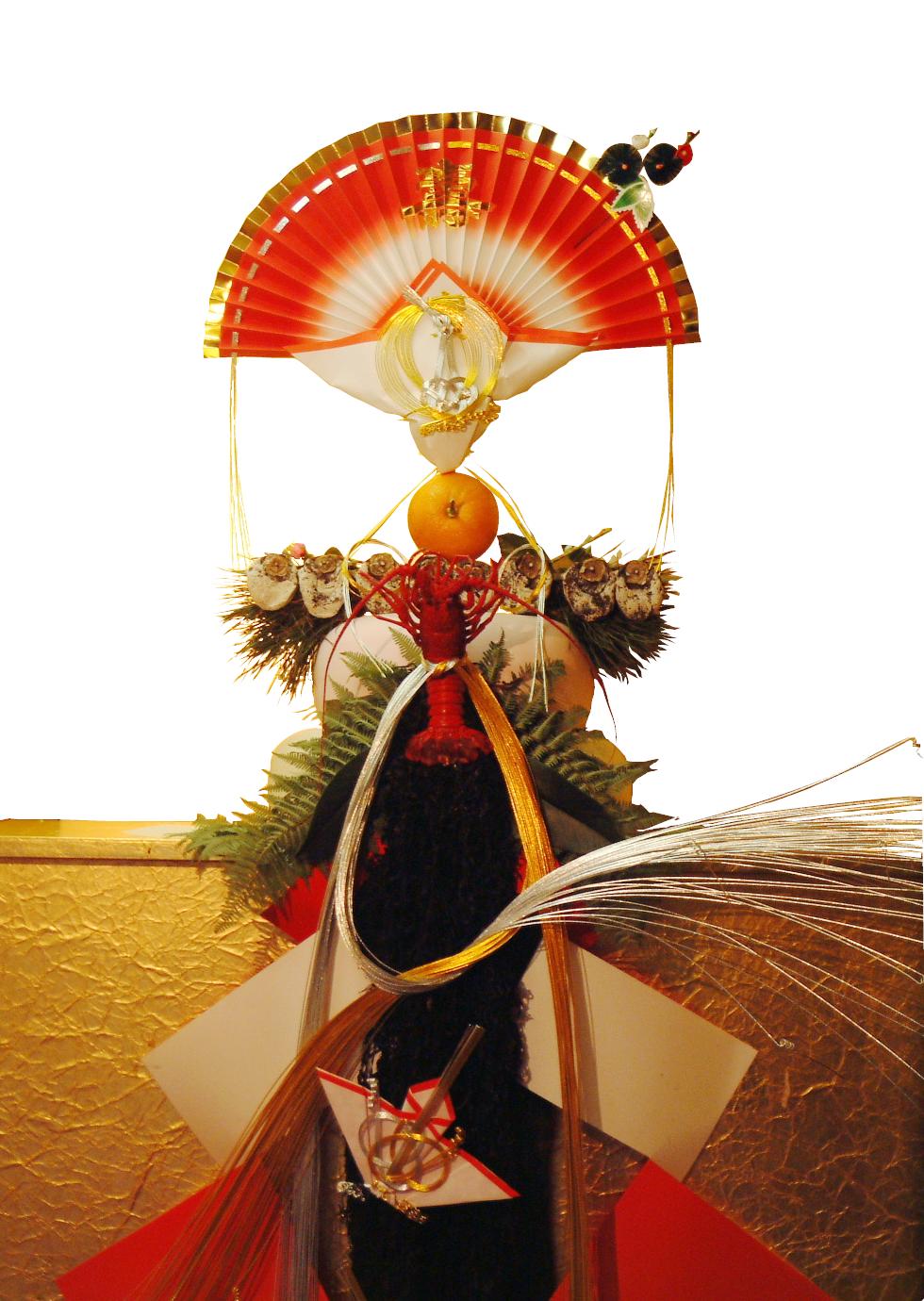
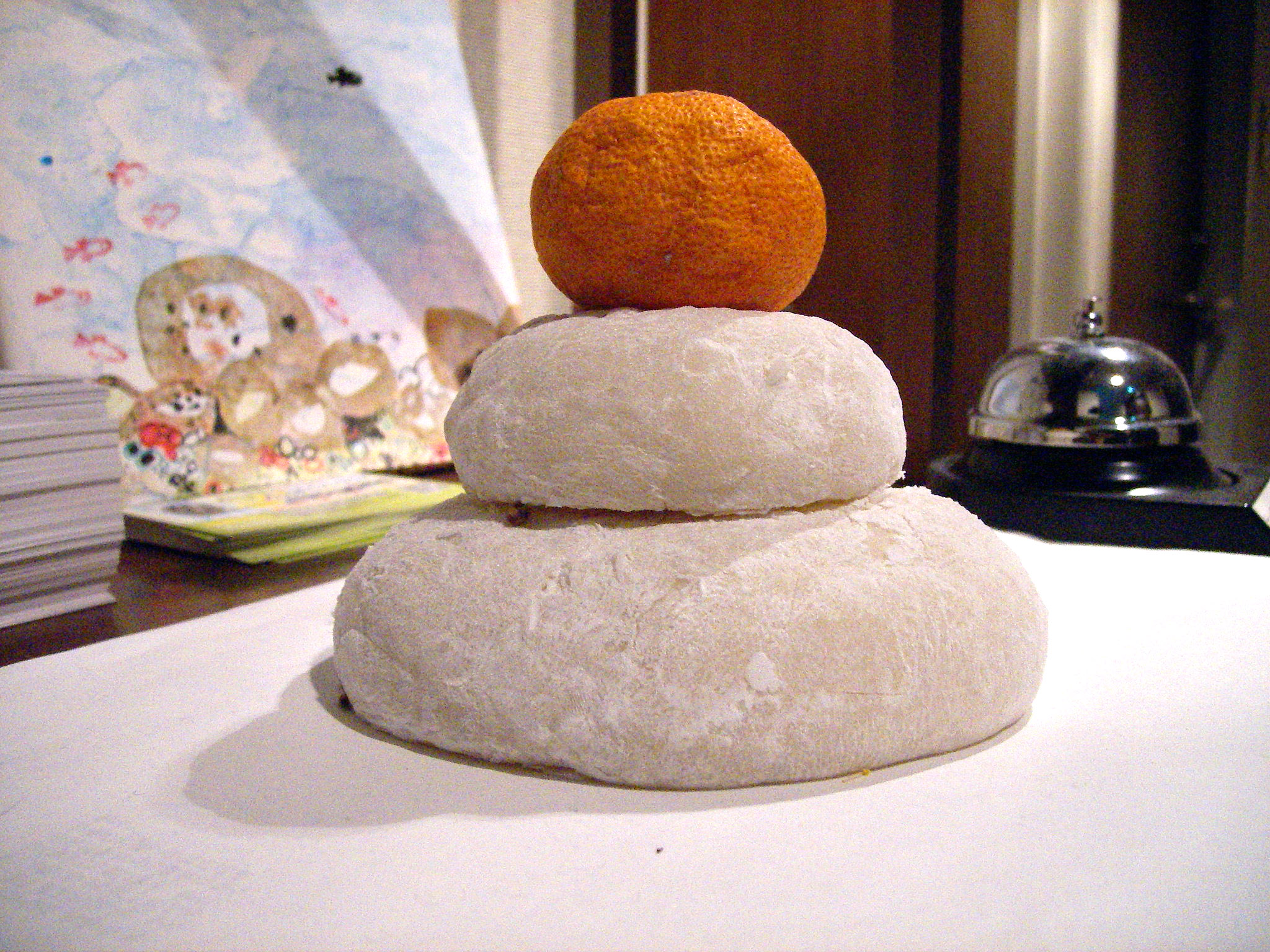



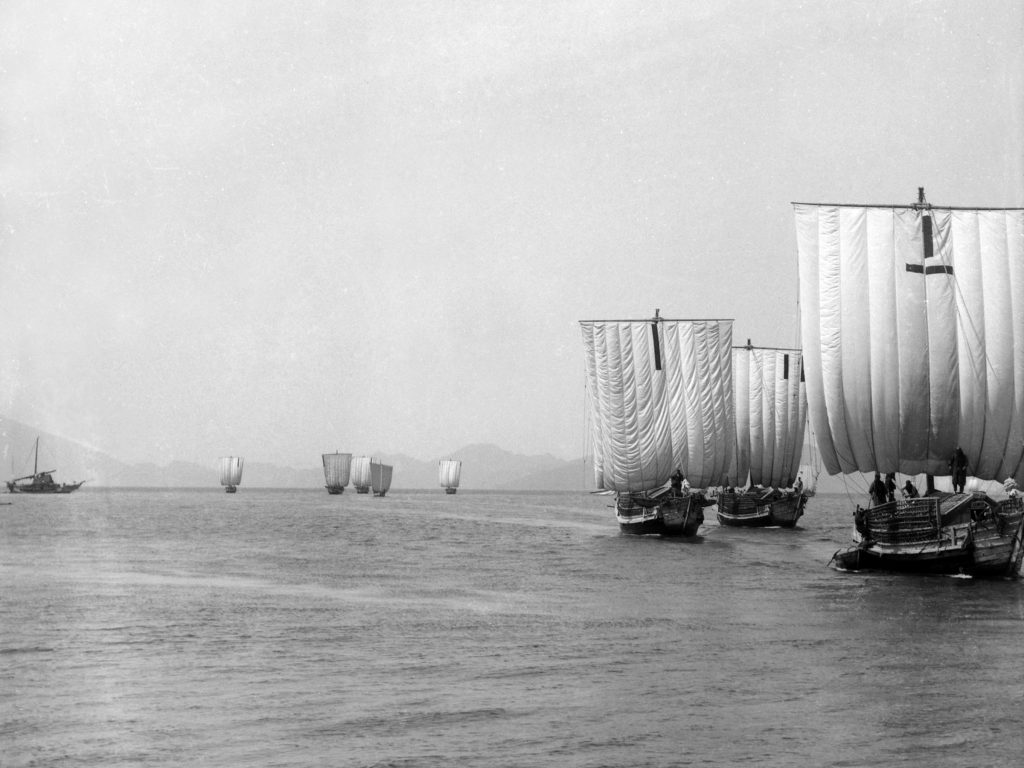



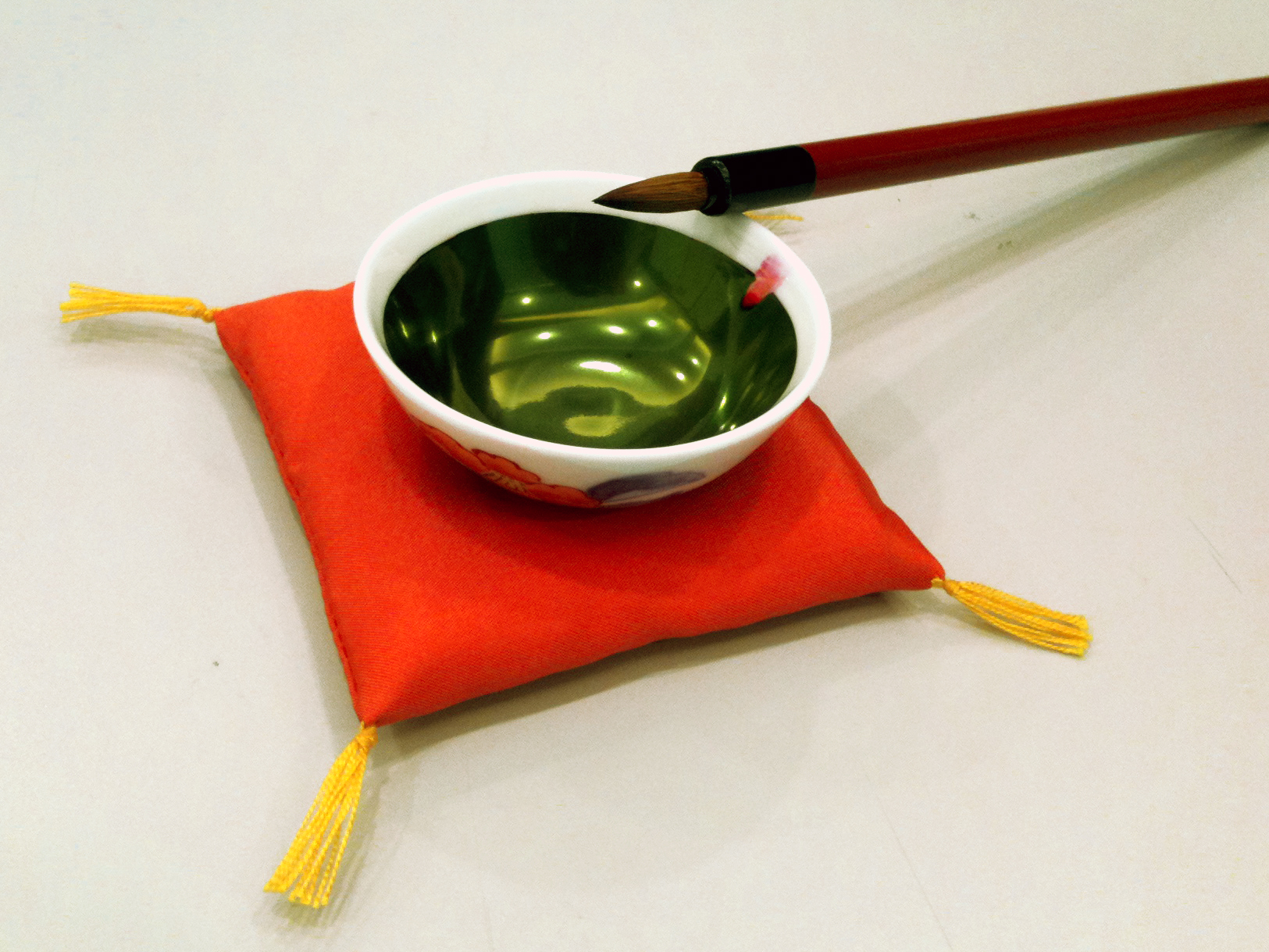




.jpg)










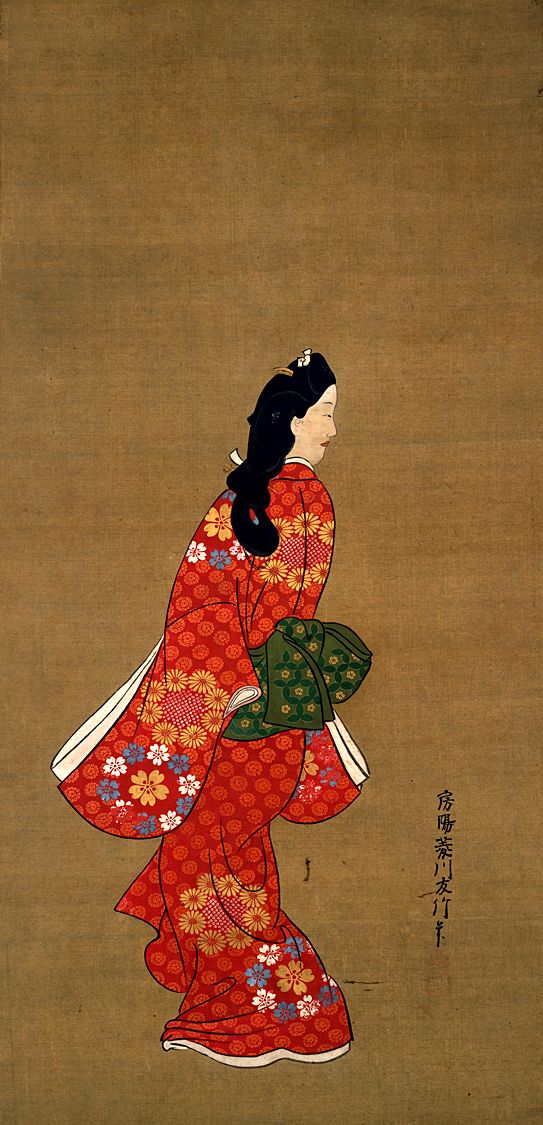
.jpg)



